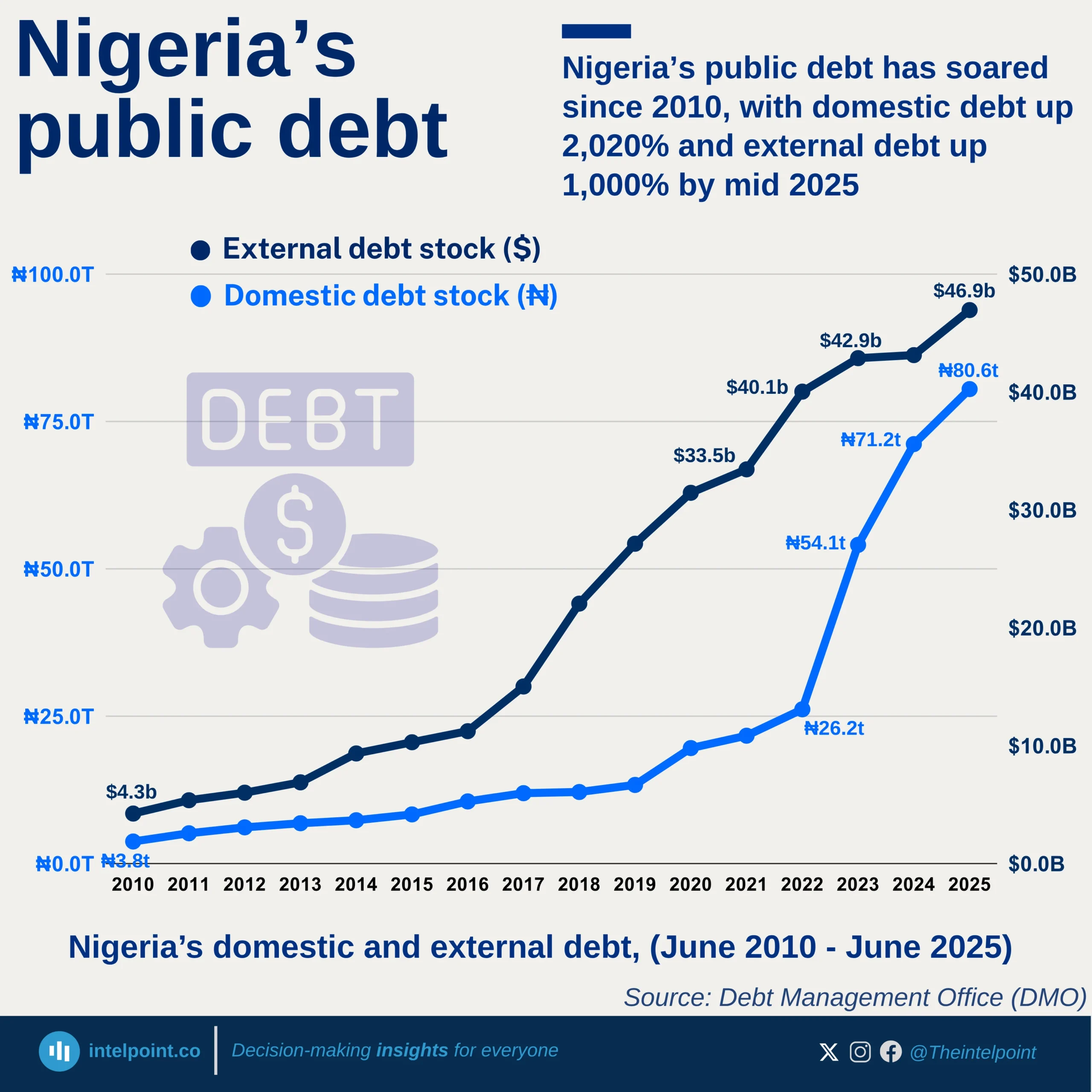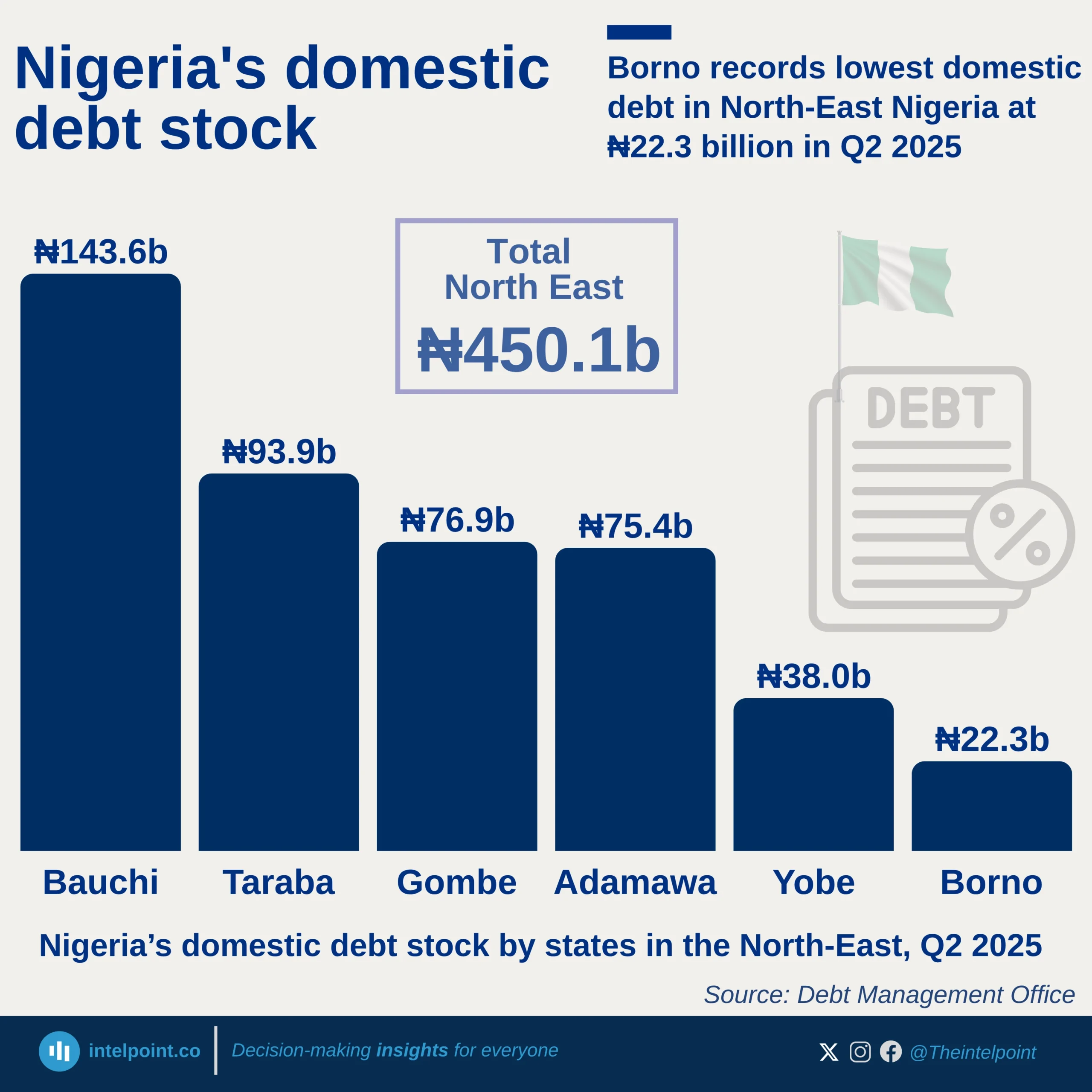Key Takeaways:
In 2024, Nigeria’s construction and real estate sector had a broadly positive performance, marked by rising profitability across most listed companies. Chapel Hill Denham led the pack with ₦19.6 billion in profit, accounting for nearly half of the sector’s total, despite a slight dip from the previous year. Julius Berger saw a 24% rise in profit after tax (PAT), while UPDC REIT also reported a consistent growth of 24%.
UPDC Plc emerged as the standout performer, recording the highest year-on-year profit growth at 278%, signalling a strong turnaround. Other REITs, including UH REIT and SFS REIT, also posted improved earnings. Meanwhile, Ronchess Global Resources made progress by significantly reducing its losses, although it remained unprofitable.





